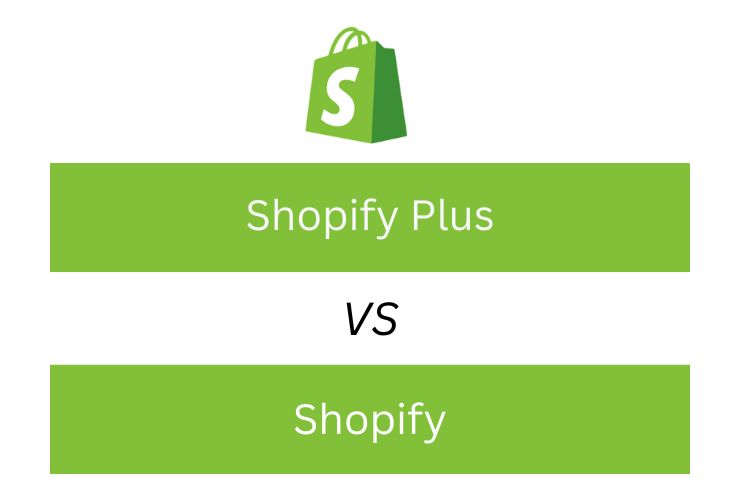Mobile commerce has been the game-changer for eCommerce businesses in today’s digital world. With a lot of consumers now shopping from their smartphones, the mobile-friendliness of your Shopify store is very important to drive sales and give an outstanding user experience.
1. Choose a Mobile-Responsive Shopify Theme
The right theme forms a mobile-friendly store. There are plenty of mobile responsive themes in Shopify that automatically adjust to the screen size. Select a mobile-specific theme so that browsing is easy and smooth for customers.
2. Simplify Navigation and Layout
With a mobile user, screens are much smaller, and simplifying the navigation becomes critical. Ensure that your website menu is simple, with easy access to key pages. Allow for easy jumping to different parts of the website without scrolling to the top via a sticky header on your navigation menu. Lastly, declutter your mobile versions; clean design elements focusing on key products and calls to action.
3. Optimize Product Pages for Mobile
Load up the product pages fast, and make sure all pertinent information is accessible. Only use great, well-formatted images that are optimized for mobile-it should load quickly and not lose any visual appeal. Make sure your descriptions are concise, and use as many bullet points as possible for readability. Add a zoom feature to your images, plus visible add to cart buttons.
4. Enhance Mobile Checkout Process
A streamlined checkout process is crucial for mobile users. Simplify the steps required to complete a purchase by eliminating unnecessary fields and offering mobile-friendly payment options. Consider using Shopify’s built-in payment solutions like Shopify Payments or integrating with mobile wallets like Apple Pay and Google Pay to make transactions quick and secure.
5. Optimize Pop-Ups for Mobile
Pop-ups have an advantage in regard to promotions or lead collection, provided that these are mobile-friendly, and do not hinder closing them and do not disrupt the shopping process; they should avoid large intrusive pop-ups blocking the screen and should load speedily.
6. Regularly Test Your Mobile Site
One must test a mobile site to know the areas requiring improvement. Shopify gives you a mobile preview tool, so you can check on how your store looks and functions on different devices. Test their loading speed, navigation, and checkout process regularly to ensure everything goes well for a mobile user.
7. Improve Mobile Store Speed
Slow pages make visitors leave your site, particularly on mobile. Improve your site’s speed by compressing images, enabling lazy loading, and reducing heavy applications or unnecessary scripts. Shopify apps, “Image Optimizer” being one of them, can make automating these tasks possible.
8. Use Mobile-Specific Calls to Action
Since mobile devices have really compact screens, ensure that the CTAs are appropriately designed for mobile. Use a plain, easy-to-click button such as “Shop Now” or “Add to Cart.” Place CTA buttons above the fold so they do not require scrolling to be visible.
Conclusion
Mobile optimization is the way to go to help your Shopify store thrive; there are lots of new customers buying right from their smartphones. The right theme, improved navigation, optimised product pages, and a streamlined checkout will create an enjoyable, effective mobile shopping experience. Testing continually for store updates ensures that your store remains mobile-friendly in developing times.
Start optimizing your Shopify store for mobile today, and give your customers the seamless, fast, and enjoyable shopping experience they expect.














